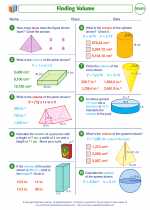Comparing Numbers
When comparing numbers, it’s important to understand the concepts of greater than, less than, and equal to. These symbols are used to compare the numerical value of two numbers or quantities.
Greater Than (>), Less Than (<), and Equal To (=)
The greater than symbol, >, is used to compare two numbers or quantities. For example, if you have the numbers 8 and 3, you would write 8 > 3, meaning 8 is greater than 3.
The less than symbol, <, is used to compare two numbers or quantities. Using the same example, you would write 3 < 8, meaning 3 is less than 8.
The equal to symbol, =, is used to show that two numbers or quantities are the same. For example, 5 = 5, meaning 5 is equal to 5.
Comparing Integers
When comparing integers, it’s important to look at their position on the number line. Integers to the right are greater, and integers to the left are lesser.
Comparing Fractions
When comparing fractions, it’s important to find a common denominator. Once you have a common denominator, you can compare the numerators to determine which fraction is greater or lesser.
Comparing Decimals
When comparing decimals, it’s important to align the decimal points and then compare the digits from left to right. The first digit that is different will determine whether the decimal on the left is greater or lesser than the decimal on the right.
Study Guide
Here are some tips for comparing numbers:
- Identify the symbols for greater than, less than, and equal to.
- Practice comparing integers on a number line.
- Understand how to compare fractions by finding a common denominator.
- Practice comparing decimals by aligning their decimal points and comparing the digits.
Remember to always pay attention to the position of the numbers and the value of their digits when comparing numbers.
.◂Math Worksheets and Study Guides Seventh Grade. Finding Volume
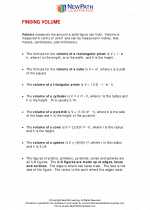
 Activity Lesson
Activity Lesson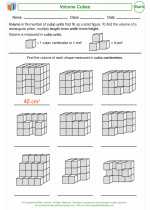
 Activity Lesson
Activity Lesson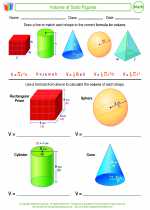
 Activity Lesson
Activity Lesson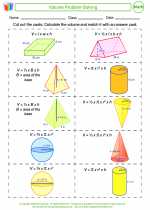
 Worksheet/Answer key
Worksheet/Answer key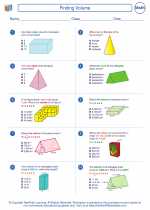
 Worksheet/Answer key
Worksheet/Answer key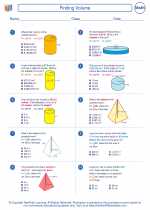
 Worksheet/Answer key
Worksheet/Answer key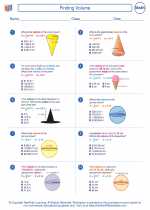
 Worksheet/Answer key
Worksheet/Answer key